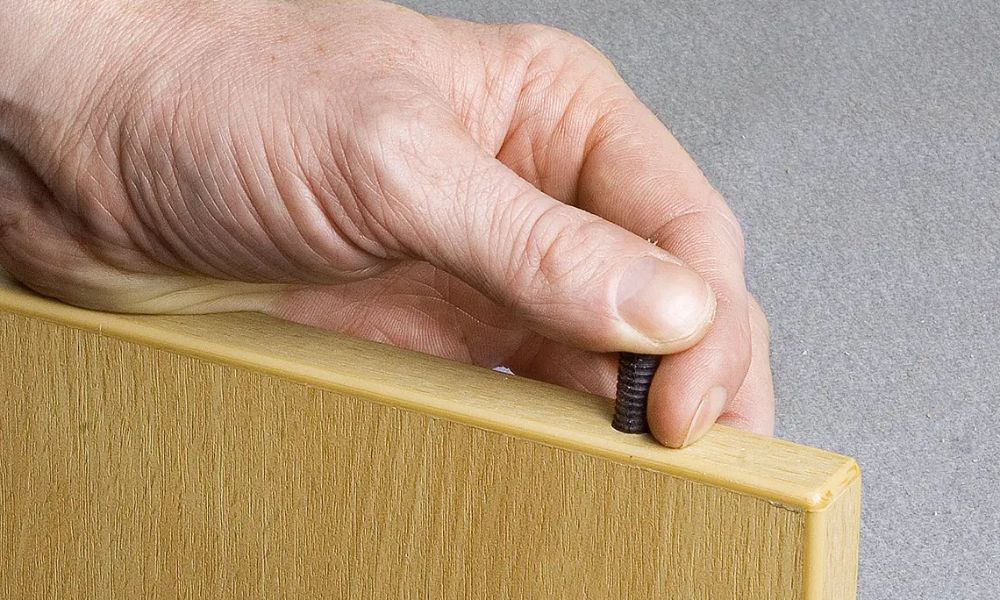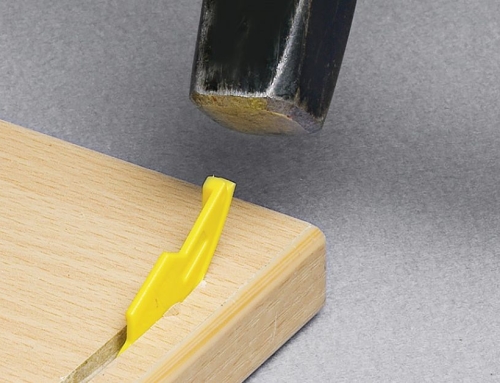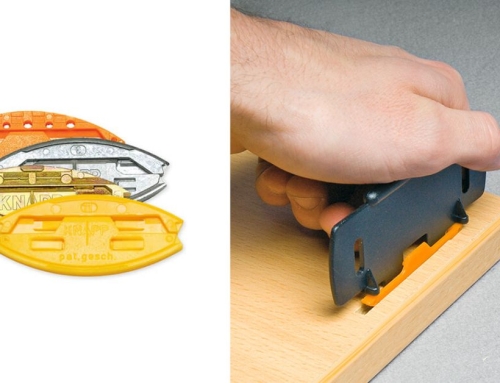Woodworking is a craft that combines creativity and precision, and achieving strong and seamless joints is crucial for any project’s success. While there are various methods you can use to connect wood pieces, one technique that stands out for its versatility and efficiency is the biscuit joint. Explore the basics of biscuit joinery, learning what these tools are and what they’re used for.
What Are Biscuit Joints?
Biscuit joints, also known as plate joints, involve the use of small, oval-shaped wooden biscuits to connect two pieces of wood. These biscuits are typically made of compressed beech wood, which makes them sturdy and resistant to swelling or shrinking due to changes in humidity. You can create biscuit joints by cutting matching slots, or mortises, in the wood pieces, and then inserting biscuits coated with glue into these slots. Once the glue dries, the biscuits expand, creating a strong bond and a reliable joint.
The Benefits of Biscuit Joints
Biscuit joints offer several benefits in woodworking. Here are some of the advantages of using biscuit joints:
Alignment
Biscuit joints provide excellent alignment assistance when joining two pieces of wood. The biscuits fit into matching slots cut into the edges of the workpieces; this helps to keep the pieces in place during assembly, ensuring accurate alignment and preventing shifting.
Strength
While biscuit joints aren’t as strong as other traditional joinery methods, such as mortise and tenon or dovetail joints, they still offer decent strength for many woodworking applications. The biscuits create a large glue surface area, resulting in a strong bond when you combine the pieces with high-quality wood glue.
Versatility
Biscuit joinery is a versatile technique that you can apply to various woodworking projects, including cabinets, tabletops, frames, and more. This method is commonly used for edge-to-edge joints, miter joints, and T-joints, providing flexibility in design and construction.
Tips for Using Biscuit Joints
To make the most of biscuit joints, consider the following tips:
Choose the Right Biscuit Size
Biscuits come in different sizes (0, 10, 20, etc.), and selecting the appropriate size for your project ensures a snug fit and optimal strength.
Align And Clamp Accurately
Precise alignment is essential for successful biscuit joints. Use alignment marks and quality clamps to hold the pieces firmly in place during assembly and glue application.
Allow Proper Drying Time
Remember to follow the recommended drying time for the glue. Rushing this step can compromise the integrity of the joint.
Invest in a Biscuit Joiner
A biscuit joiner, also known as a plate joiner, is a specialized tool that makes cutting biscuit slots quick and precise. It’s a worthwhile investment for anyone serious about woodworking.
Now that you understand the basics of biscuit joinery and what biscuit joints are used for, you can effectively incorporate these useful tools into your own woodworking projects.
If you’re searching for cabinet connector hardware for your next venture, Knapp Connectors has a wide selection available. From pocket screws to biscuit joints, you can find the connectors you need to produce high-quality work every time.





